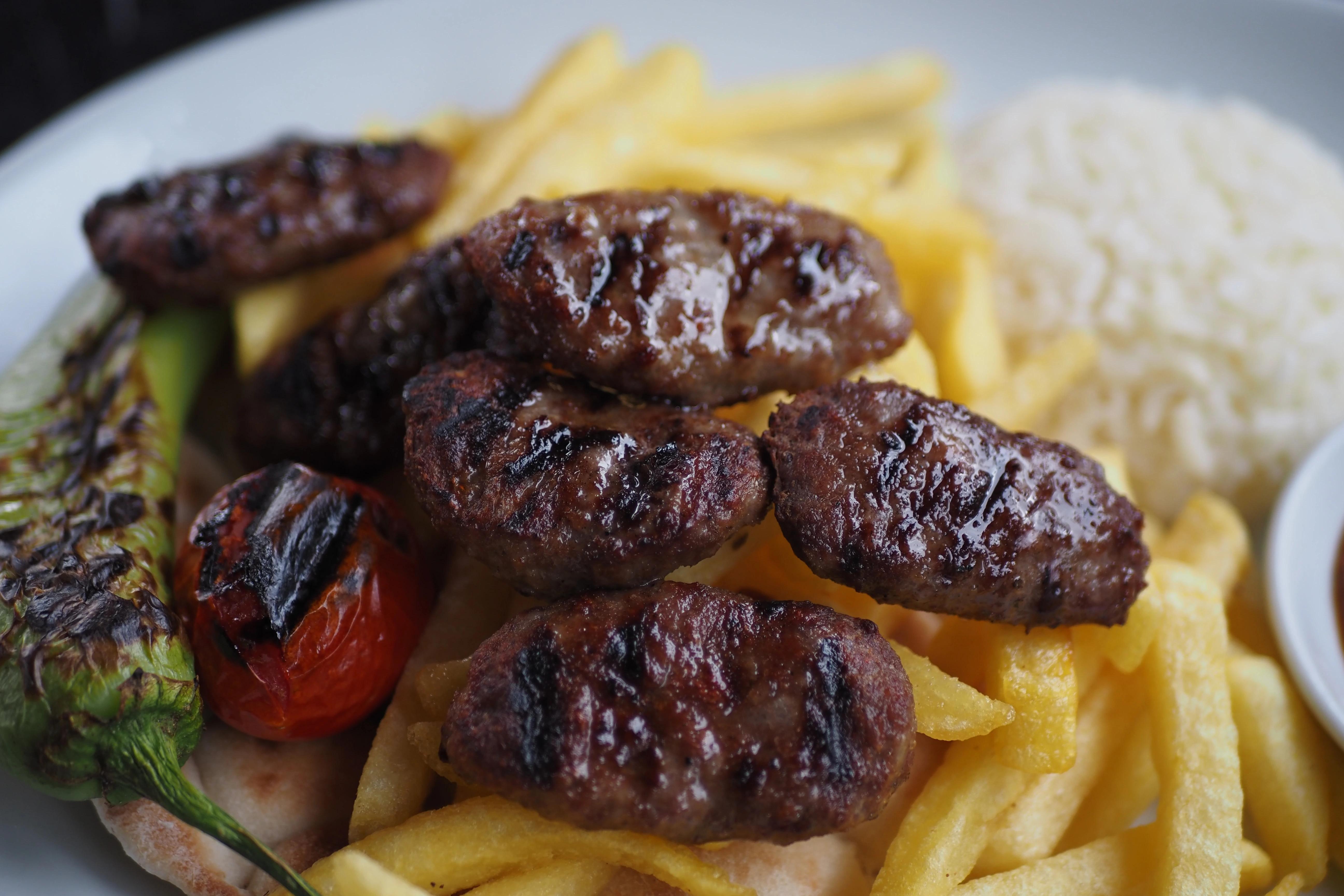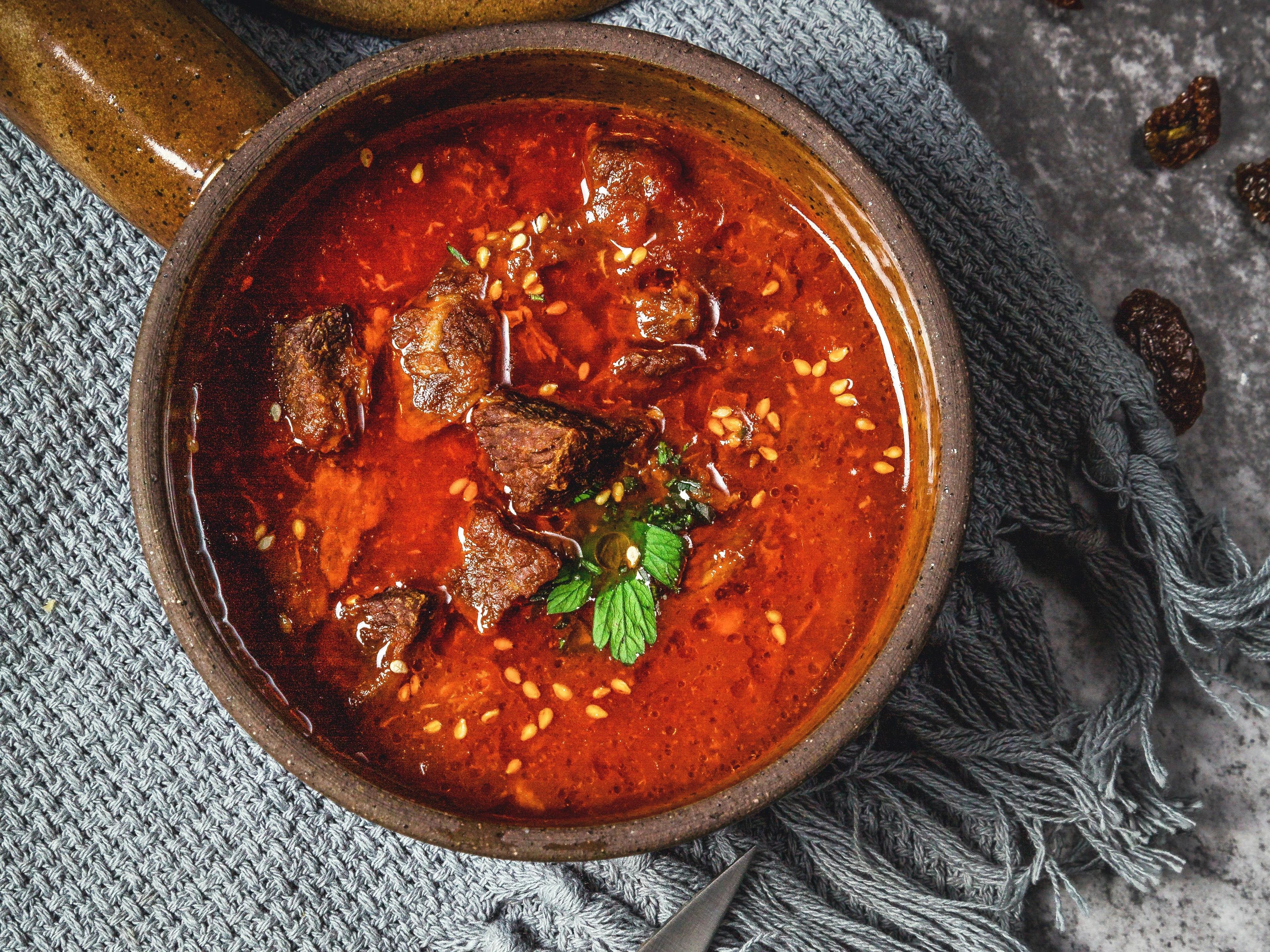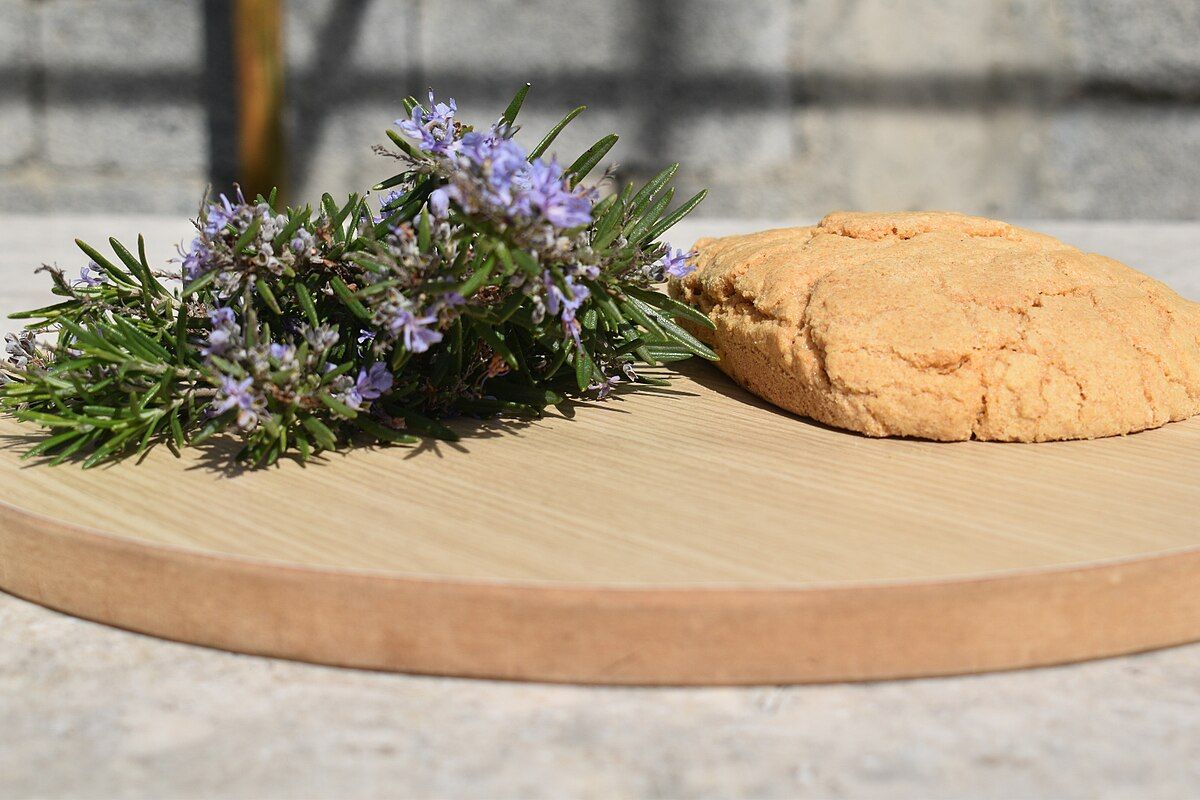A Culinary Journey Through Albania: Traditional Foods You Must Try
Explore the Diverse and Delicious Food in Albania
Albania, the hidden jewel of the Balkans, though often known for its breathtaking landscape and rich history, also has a wide variety of interesting options to offer in the food compartment. Its rich and diversified culinary traditions reflect both its cultural background and geographical influences. Albanian food combines Mediterranean and Ottoman culinary experiences, taking your taste buds on a delightful journey from the mountains to the seaside. For a taste of Albanian must-try dishes, read on and discover the many flavors to choose from!
Historical Roots of Albanian Cuisine
Albanian cuisine has profound historical and geographical roots. Many traditional recipes reflect the Ottoman Empire's influence, which dominated Albania for centuries. On the other hand, Albania's closeness to the Mediterranean Sea makes seafood and Mediterranean influences fundamental in Albanian cuisine. Furthermore, Italian and Greek culinary traditions have left their imprint, resulting in a distinct and diverse gastronomic history.
Popular Albanian Dishes
Byrek
The ever-popular Albanian savory pastry is the byrek, a close cousin of burek. Made from many layers of thin and flaky dough, byrek can be filled with an array of ingredients. The most common fillings include:
- Cheese (Djathë): Uses feta or cottage cheese to add creaminess.
- Spinach (Spinaq): A favorite vegetarian option.
- Meat (Mish): Minced beef or lamb, often combined with onions and spices.
- Onions and tomatoes (qepë dhe domate): A simple mixture of sautéed onions and tomatoes.
Byrek is flexible and can be consumed at any time of the day, usually when warm with a side of yogurt or a simple salad.
Tavë Kosi
This is thought to be the national dish of Albania, which is a comforting oven-baked casserole comprising lamb cooked in layers of rice and then topped with a thin layer of a mixture made from eggs and yogurt. This symbolizes the simplicity and heartiness of Albanian food. The egg and yogurt are well mixed to give a custard-like consistency, which complements well with the tender lamb and rice, and it becomes a favorite of locals and visitors.
Qofte
Qofte are Albanian-style meatballs made from minced beef or lamb, onions, garlic, bread crumbs, parsley, and various spices. They can be grilled or fried and are often served with a fresh salad, yogurt sauce, or as part of a “meze” platter (as we Albanians say). Qofte are juicy and soft, a perfect bite of Albanian hospitality.

Petulla
Petulla are fried dough balls that can be served sweet or salty. The sweet ones are eaten with honey, chocolate, or jam, whereas the salty ones can be eaten with feta cheese. It is an all-occasion snack that anyone loves to eat, young or old.
Tarator
In summer, Albanians enjoy the cold soup called tarator, made out of yogurt, cucumber, garlic, and dill. Sometimes white beans are added to increase the texture and nutrition. It is light, refreshing, hydrating, and, therefore, very ideal for cooling off on hot days.
Qifqi
From the city of Gjirokastra, Qifqi is a unique dish of rice balls flavored with mint and eggs and deep-fried. They are usually served as a side dish or as a snack, making them the perfect representative of regional specialties in Albanian cuisine.
Fërgesë
Fërgesë is a dish prepared from bell peppers and tomatoes, combined with cottage cheese or ricotta, and baked into a thick, creamy mix. It is often consumed with fresh bread; it is a favorite comfort food of many and an exemplification of the simplicity and richness of Albanian cooking.

Sweet Delights and Sweets
Baklava
One of the most common desserts in Albania, as in most other countries strongly influenced by the Ottoman culinary tradition, is baklava. It consists of thin layers of phyllo dough filled with chopped nuts, sweetened, and soaked in honey or syrup. The combination gets so rich, sweet, and crunchy that one may want nothing more than to have this conclude a perfect meal.
Trilece
This dessert is the Albanian version of tres leches cake, which is a sponge cake soaked in three kinds of milk: evaporated, condensed, and heavy cream. This dessert has hit its stride only in recent years in Albania. It is incredibly moist and light, with a sweetness that is perfectly cut by the creamy milk mixture.
Ballokume
Last but not least, ballokume, a typical Albanian pastry originating in the city of Elbasan, is traditionally prepared by locals for "Dita e Verës", an Albanian holiday celebrated on the 14th of March. It is a simple pastry prepared using corn flour, butter, sugar, and eggs.
This dessert requires a lot of time and patience to make, as everything is done by hand. First, the butter and sugar are mixed until they have doubled in volume. Then the eggs are added and, finally, the cornflour. The mixture obtained is spooned onto a baking tray, and the soon-to-be ballokumes are baked and left to cool until ready for serving.
The taste of ballokume cannot be compared to any other dessert in the Balkans or south-eastern Europe, making it one of the most authentic dishes in Albanian cuisine.

Core Ingredients and Condiments
Vegetables
Fresh vegetables are a heavy feature in Albanian cuisine, including cucumbers, onions, peppers, garlic, and cabbage. These are used for salads, stews, and stuffings, which make a very healthy and aromatic start for most meals.
Meats and Seafood
Lamb is an essential part of Albanian cooking, and it takes the top rank on the dining table for its tenderness and flavor. The country's proximity to the sea also suggests reliance on seafood, such as sea bass and trout, in all coastal foods.
Drinks and Spirits
Traditional Beverages
No culinary journey through Albania is possible without the taste of raki, a traditional alcoholic drink that is made by distillation from grapes and other fruits. As a rule, raki is drunk like an aperitif or with digestion. The popularity of this beverage is quite widespread among Albanians.
Coffees and Teas
The country has a very strong coffee culture. From the traditional, very thick brews to other, more familiar lattes, you can experience a wide variety of coffee preparations. Mountain tea, derived from local herbs, is also quite popular for its medicinal use and unique flavor.
Dining and Cultural Experience
Eating in Albania is not just about food but the entire experience. Dining is an occasion that people often share with others, usually accompanied by stories exchanged. The spirit of any restaurant in Albania will always be one of hospitality, with every guest feeling like part of the extended family.
Closing Remarks
Albanian cuisine is rich and diverse, reflecting the country's history, geography, and cultural influences. From salty pastries like byrek to sweets revered around the region, like bakllava and ballokume, there is something for everyone's tastes. Whether you're a seasoned tourist or a food connoisseur, these classic Albanian meals are a must-try on your gastronomic tour of Albania. Bon appétit!


